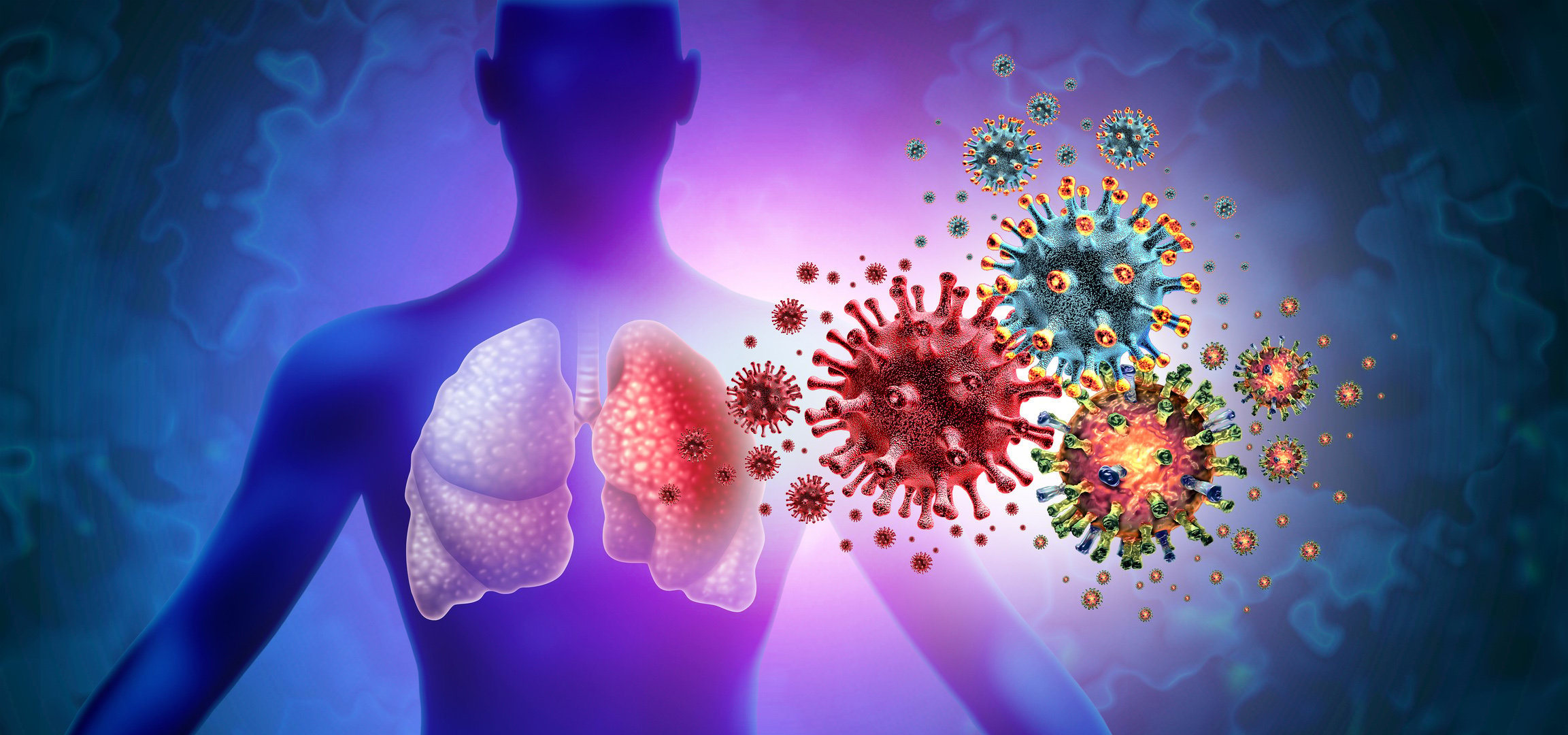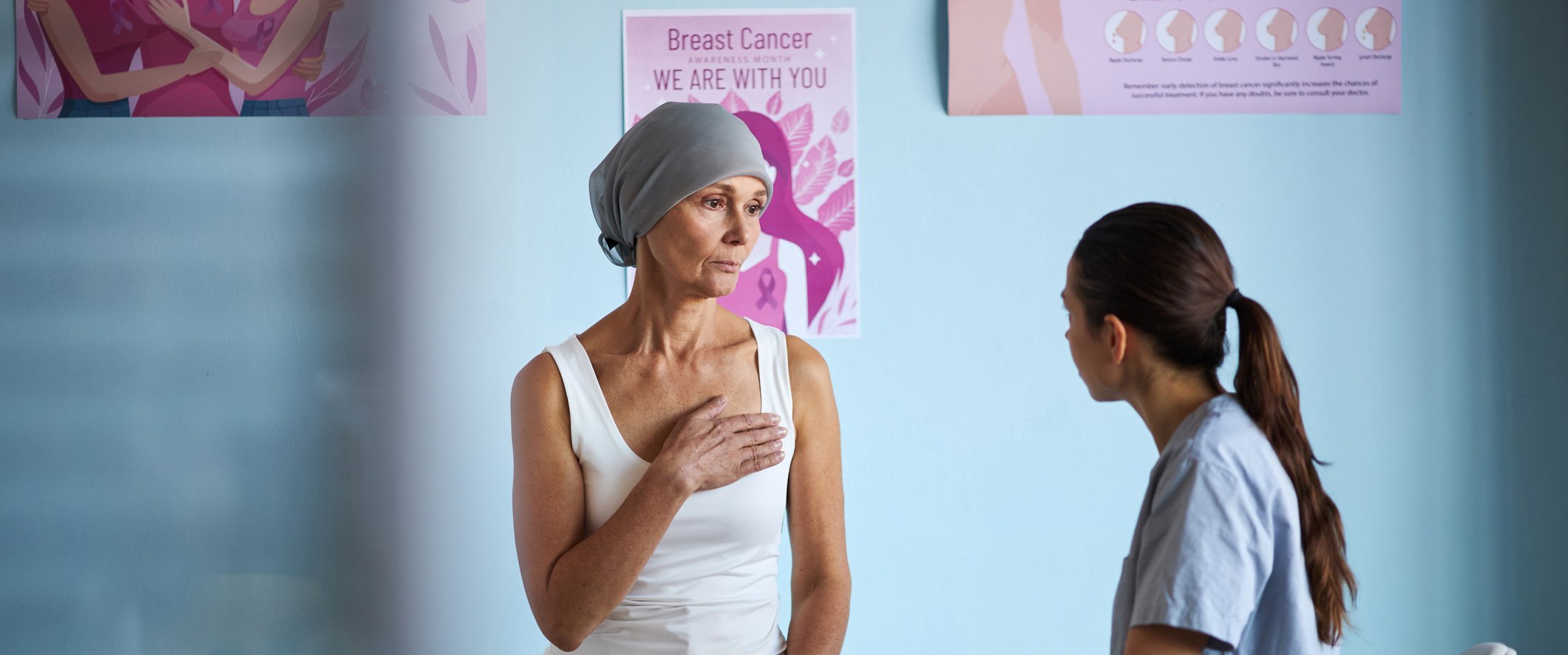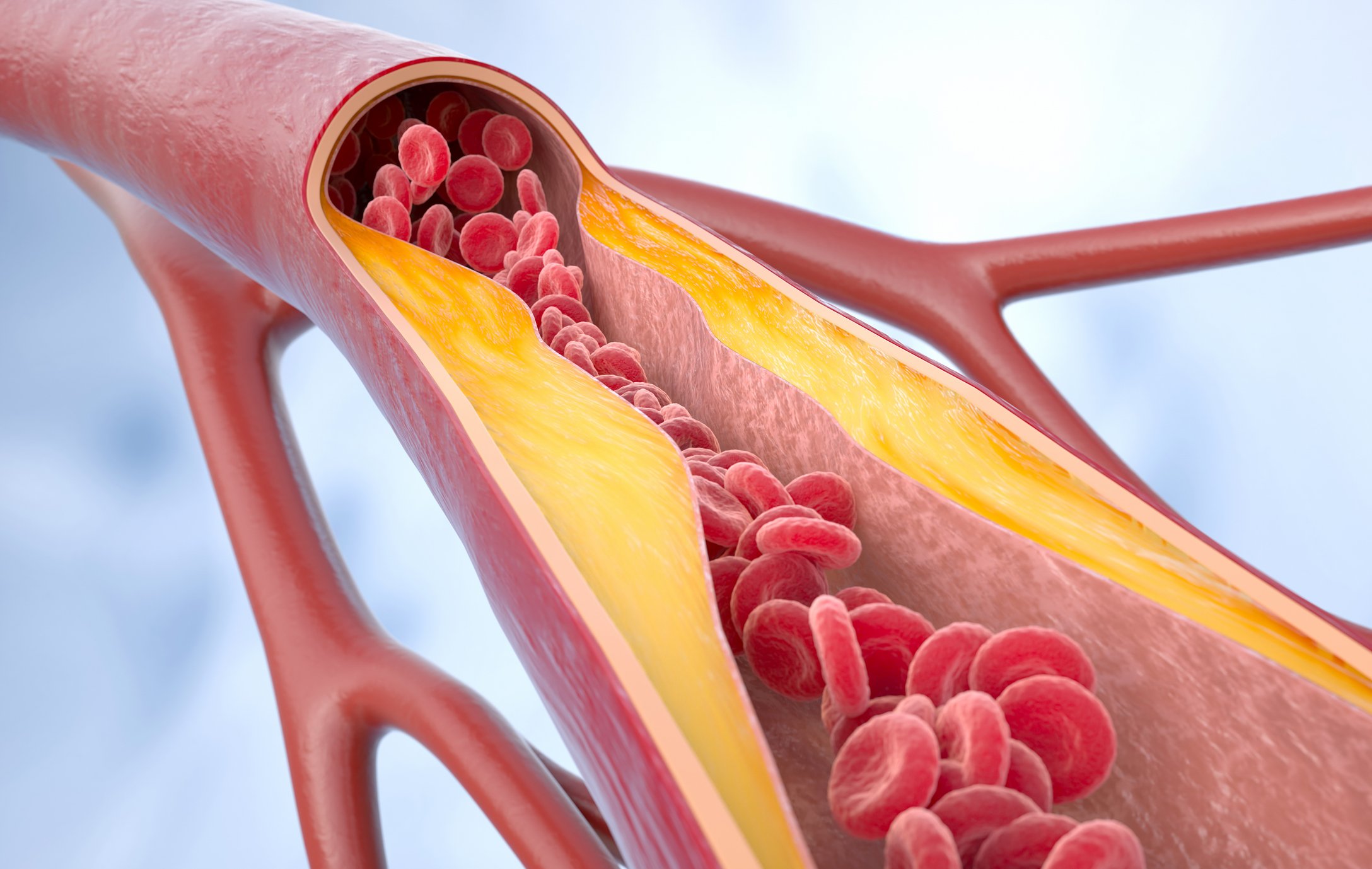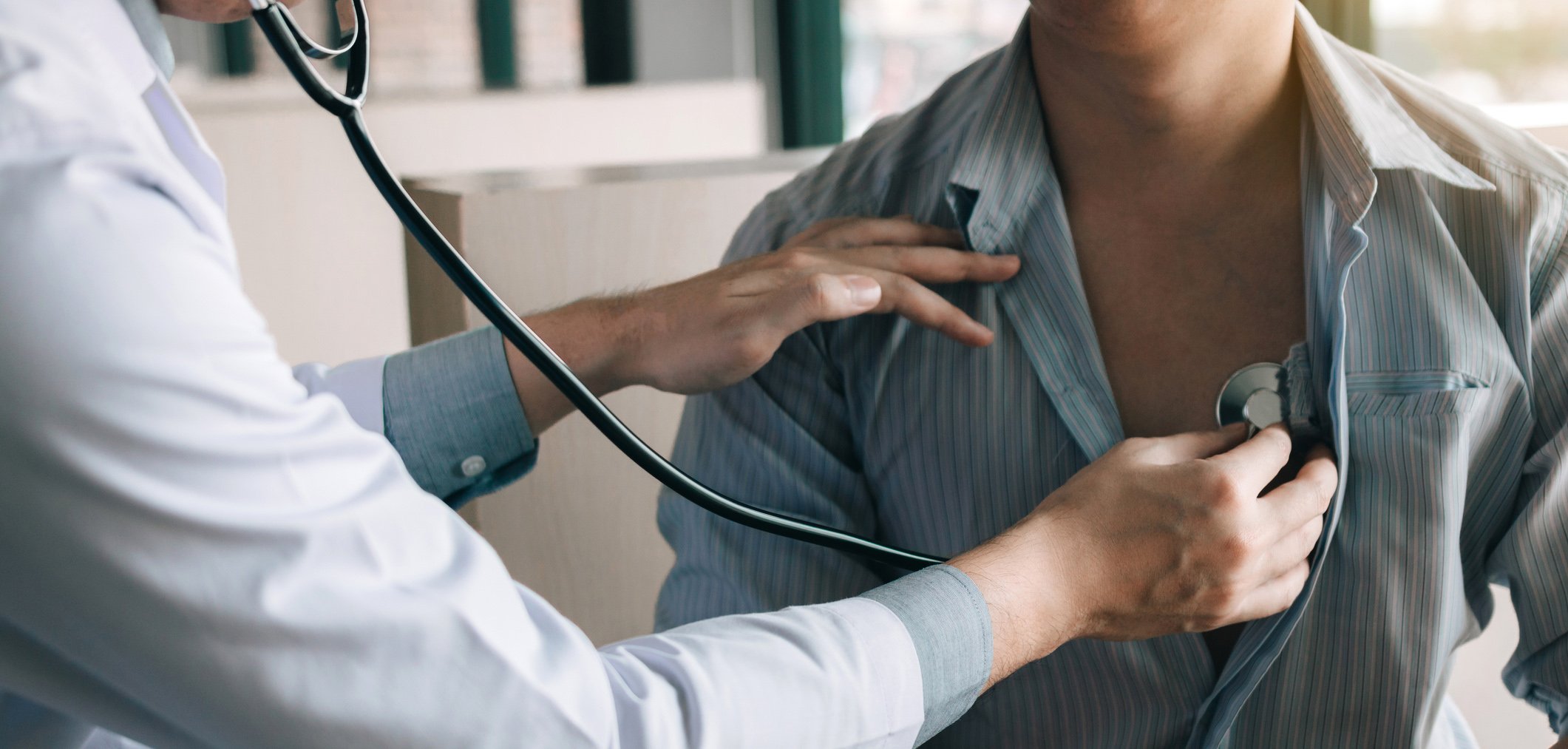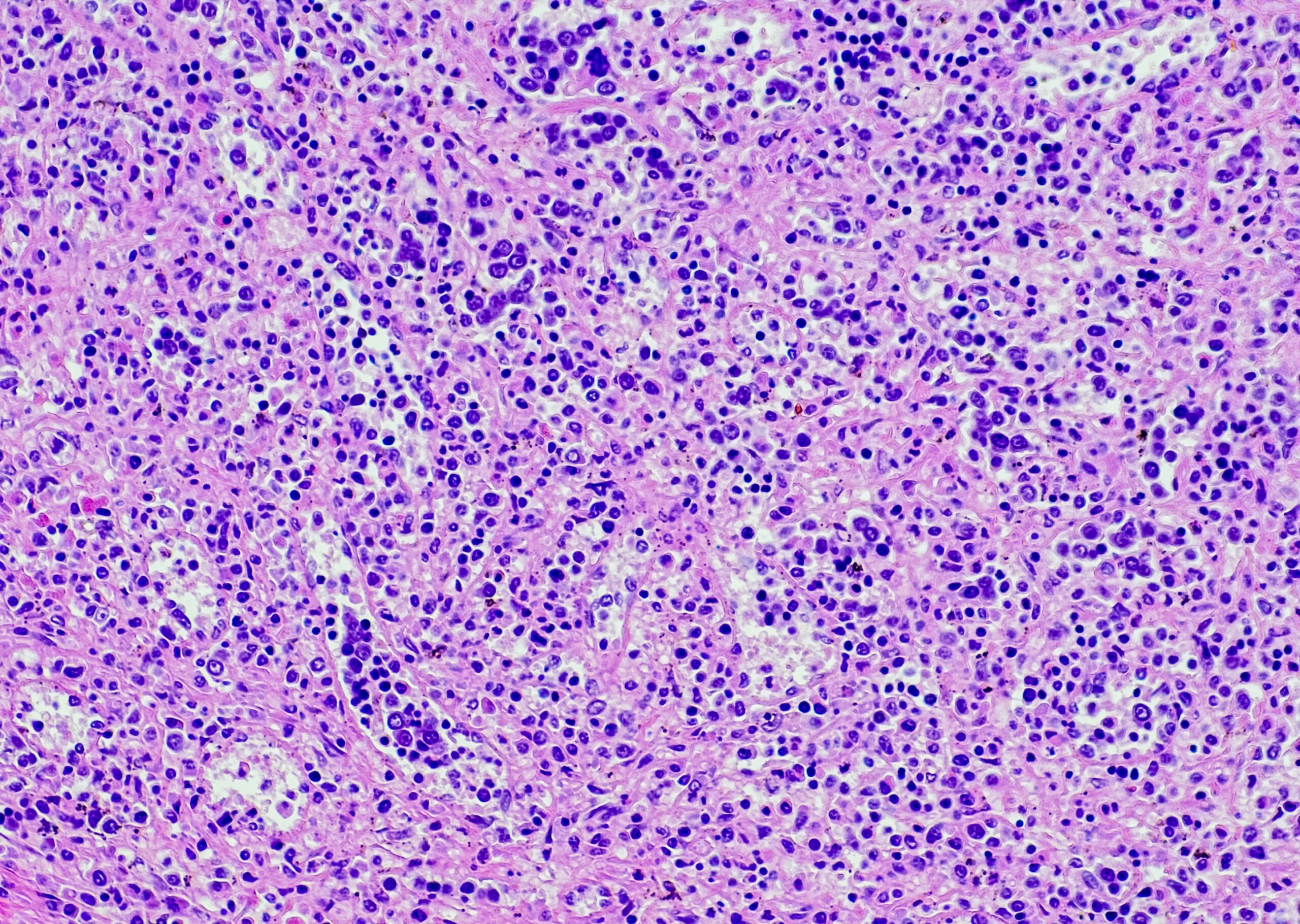The creation of a fertility reserve for non-medical indications (social freezing) is now possible and can be considered clinically established. Usually, social freezing involves obtaining oocytes after ovarian stimulation treatment and preserving them unfertilized (social egg freezing). The chance of success is limited, especially if cryopreservation is performed at an age older than 35 years. The chance of success also depends on the expertise of the fertility center. If the oocytes are used at an older age of the woman (>approx. 40Y), the pregnancy risks increase due to age.
Advances in reproductive medicine and biology now allow hormone stimulation for oocyte collection and cryopreservation with minimal risk of overstimulation. These techniques have been performed for several years as fertility-preserving measures for medical indications such as before chemotherapy or radiotherapy. As these techniques were confirmed in medical indications, the step to perform fertility preserving measures in non-medical indications was not big anymore. However, this “social freezing” is controversial.
Creating a fertility reserve – practical procedure
In principle, it is possible to preserve both unfertilized oocytes and ovarian tissue. In the case of a permanent partnership, fertilized oocytes in the form of zygotes or embryos can also be stored. These three measures are performed by German-speaking centers of the network “FertiPROTEKT” and the Swiss network “Fertisave” in case of medical indications, e.g. before chemotherapy or radiotherapy [1]. Because cryopreservation of oocytes is better established and does not require laparoscopy, oocytes are usually preserved. This is often referred to as social egg freezing. In the following, we will focus on the cryopreservation of oocytes.
For social egg freezing, a 2-week gonadotropin stimulation is performed first. It is the same procedure as the classical in vitro fertilization treatment. The follicles are aspirated vaginally – usually under a short anesthesia. Subsequently, cryopreservation takes place. Vitrification, a new freezing technique, now also allows preservation of the very cryosensitive oocytes with high survival rates. Depending on the number of oocytes obtained, several stimulation cycles are required.
If the patient wants to use the oocytes, for example, because she has become too old to become pregnant with her remaining oocytes, they are thawed, fertilized with her partner’s sperm and transferred at the embryonic stage. The costs for a stimulation treatment as well as the removal of the oocytes, including the necessary medication, amount to approx. CHF 4000 to 5000, storage costs additionally approx. CHF 300 to 400 per year. If the oocytes are used later, there are additional costs for fertilization and the transfer cycle.
Which women set aside a fertility reserve?
In 2013, the motives for social freezing were surveyed in the FertiPROTEKT registry, which covers Germany, parts of Switzerland and Austria [2], and were surveyed again in 2016. Most women are between 36 and 40 years old and cited not having a partner as the main reason for sociel freezing (www.fertiprotekt.ch). That is, most women do not perform social freezing as a long-term planned investment of a fertility reserve. Rather, they seek social freezing at short notice and relatively late in life due to an unexpected change in their life situation, e.g., separation from their partner. Also according to published data, it is less the professional career that counts than the concern about not meeting the right partner in time to start a family [3].
Data on the frequency of social freezing in Switzerland are insufficient. There is a register of the Swiss network “Fertisave” of the Swiss Society for Reproductive Medicine SGRM, but since reporting is voluntary, the numbers are not representative. According to the author’s experience, no more than a few hundred social freezing cycles are likely to be performed in Switzerland each year.
What are the chances of success?
Success depends on the number of eggs retrieved, the age of the woman at retrieval and the expertise of the center.
In Table 1, the number of oocytes obtained per stimulation cycle is broken down into three age groups according to the FertiPROTEKT registry(www.fertiprotekt.ch), and theoretical birth rates were calculated. The basis for the calculation of birth rates was the number of oocytes in the three age groups. It should be noted that in women ≥35 years, social freezing was predominantly performed when ovarian reserve was high. Thus, these numbers are only a guide and may vary, especially in older women with low ovarian reserve.

As a rough guide, a birth rate of about 40% percent can be assumed for a stimulation cycle at the age of <35 years with a good ovarian reserve and a high expertise of the fertility center. With 2 stimulation cycles, the cumulative chance of birth increases mathematically to 64%, and with 3 stimulation cycles to 78%. For social freezing at around 40, the numbers are likely to be half that at most.
How safe is social freezing?
Relevant but very rare risks of the procedure include bleeding and injury during follicular puncture and the occurrence of severe hyperstimulation syndrome. Data on the safety of long-term storage of vitrified oocytes are still limited.
Relevant in the discussion of social freezing is the risk of malformation for the children. Assisted reproductive techniques are associated with an increased risk of malformation. The malformation rate was 8.3% after IVF compared with 5.8% after spontaneous conception [4].
Recent studies indicate that functional organic changes, based on epigenetic alterations, may also be associated with fertilization in vitro per se. Thus, Scherrer et al. [5] in IVF children demonstrated changes in vascular function similar to those seen in type I diabetics. These are most likely to be due to IVF-induced epigenetic changes. Therefore, it is at least conceivable that in vitro fertilization could lead to an increased risk for the children even in healthy and presumably fertile women.

However, it must be taken into account that oocytes are cryopreserved at a younger age and used at an older age of the woman. Since the rate of aneuploidy in the mother increases after 35 years of age, the additional IVF-related risks of malformation may be at least partially compensated for by the use of younger oocytes.
Obstetric considerations
A major problem with the establishment of a fertility reserve is the possibility of pregnancy at an older age. Obstetricians already face this issue due to the increasing number of egg donations from abroad. In many countries, the maximum maternal age for embryo transfer after egg donation is limited to approximately 50 years. In some countries, however, even this high age limit is exceeded.
Pregnant women ≥45 years of age have a 6.5-fold increased risk of gestational hypertension, a 5.4-fold increased risk of preeclampsia, and a 3.8-fold increased risk of gestational diabetes compared with pregnant women 30 years of age [6]. It is essential that women be made aware of these risks. They are advised to use oocytes up to a maximum of 45 years, the biological upper age limit for spontaneous conception.
Ethical considerations
Ethicists consider a woman’s autonomy as an essential good, on the basis of which she can decide for herself whether or not to have a fertility reserve created [7]. Furthermore, it is pointed out that social reasons often cannot be clearly separated from medical reasons. The threat of declining fertility in older age, for example, could also be interpreted as a medical indication.
Nevertheless, the situation with social freezing requires a multi-layered consideration. When deciding to preserve unfertilized oocytes, the woman must bear only the risks to her own health. However, if the oocytes are used for pregnancy, it also bears the health risks for the child: IVF treatment as such and pregnancy at an older age involves increased risks for the child. In a statement of the Swiss National Ethics Committee in the field of human medicine, it was further noted that the preservation of own oocytes solves neither the problem of finding a partner nor that of reconciling professional and family life [8].
Conclusion
Social freezing in the sense of cryopreservation of unfertilized oocytes is possible and is also offered in Switzerland by experienced fertility centers. At a younger age (<30Y) the chances of success are highest, but at this age it is often not possible to assess whether social freezing is necessary at all. In older women (>35Y), the chances of success decrease significantly. Thus, the ideal time window for social freezing is likely to be between 30 and 35 years of age.
Literature:
- von Wolff M, Dian D: Fertility preservation in women with malignant tumors and gonadotoxic treatments. Dtsch Arztebl Int 2012; 109: 220-226.
- von Wolff M, Germeyer A, Nawroth F: Fertility preservation for non-medical reasons: controversial but increasingly common. Dtsch Arztebl Int. 2015; 112: 27-32.
- Lallemant C, Vassard D, Nyboe Andersen, et al: Medical and social egg freezing: internet-based survey of knowledge and attitudes among women in Denmark and the U.K.. Acta Obstet Gynecol Scand 2016; 95: 1402-1410.
- Davies MJ, Moore VM, Willson KJ, et al: Reproductive technologies and the risk of birth defects. N Engl J Med 2012; 366: 1803-1813.
- Scherrer U, Rimoldi SF, Rexhaj E, et al: Systemic and pulmonary vascular dysfunction in children conceived by assisted reproductive technologies. Circulation 2012; 125: 1890-1896.
- Haslinger C, Stoiber B, Capanna F: Postponed pregnancies and risks of very advanced maternal age. Swiss Med Wkly 2016; 146:w14330.
- Mertes H, Pennings G: Social egg freezing: for better, not for worse. Reprod Biomed Online. 23: 824-829.
- NEKCNE – National Ethics Committee in Human Medicine, Opinion No. 22/2013, Bern, November 2013. Available via: www.nek-cne.ch.
HAUSARZT PRAXIS 2017; 12(4): 30-33





